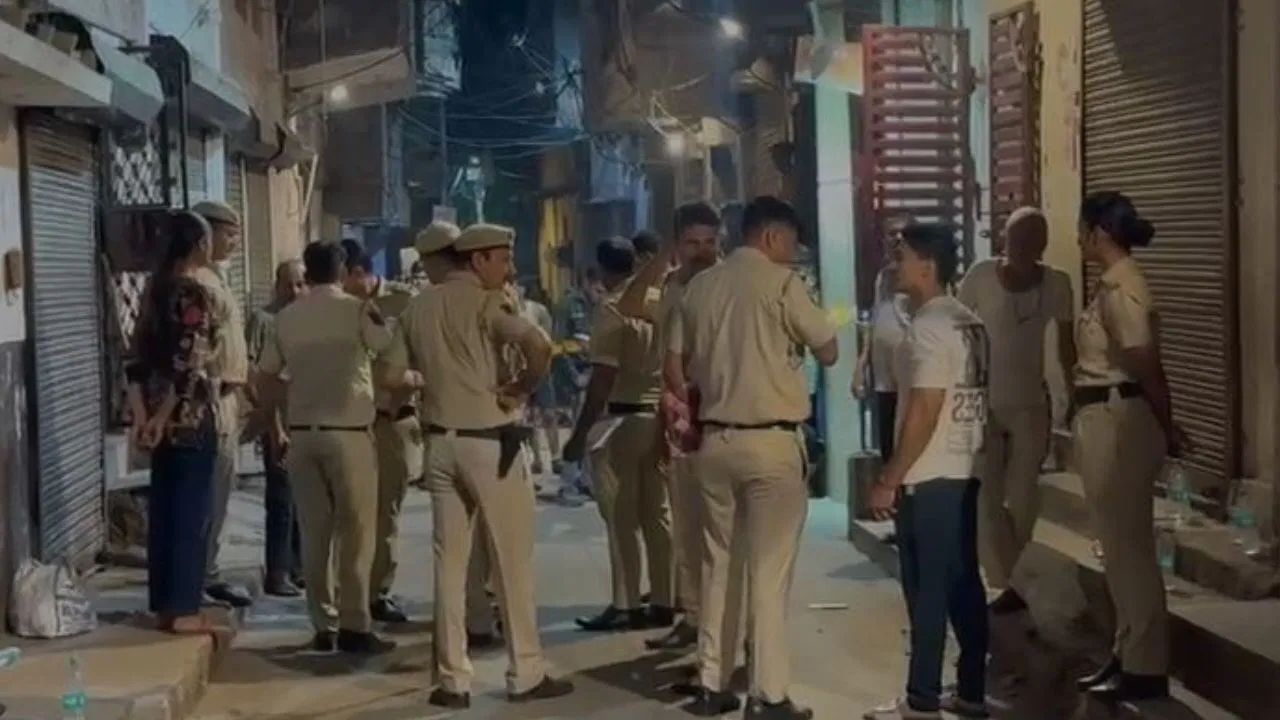Drug Abuse Is Not ‘Cool’, Supreme Court Warns India’s Youth Against the Dangers
The Supreme Court's ruling also underscored the growing urgency of tackling the drug abuse crisis, which is now a significant challenge in India. Justice Nagarathna emphasized that while the nation grapples with an alarming rise

The Supreme Court’s ruling also underscored the growing urgency of tackling the drug abuse crisis, which is now a significant challenge in India. Justice Nagarathna emphasized that while the nation grapples with an alarming rise in substance abuse, the focus must not only be on punitive measures but also prevention, rehabilitation, and long-term societal changes.
In addressing the root causes of drug abuse, the Court pointed out the damaging role of societal pressures, including peer influences, the escalating burden of academic expectations, and the increasing glorification of substance use in popular culture. Justice Nagarathna highlighted how these factors have made drugs appear as an attractive option for young people, especially as a means of escape from their daily struggles.
Notably, the Court stressed that drug addiction is not just an individual problem but a societal one. It called for an approach that combines legal, social, and educational measures to curb the crisis. “We must focus on the prevention of substance abuse, especially among youth, by promoting healthy and constructive lifestyles,” said the bench, adding that schools, colleges, and communities must play an active role in shaping young minds.
The ruling further expanded on the need for reforming the rehabilitation process for those caught in the cycle of addiction. The Court called for a more compassionate approach, emphasizing the need for mental health support and counselling for people with an addiction rather than simply viewing them as criminals. By creating an environment of empathy, the Court argued, the stigma surrounding drug addiction could be reduced, making it easier for individuals to seek help and reintegrate into society.
Justice Nagarathna’s remarks also pointed to the role of the media and entertainment industries in reshaping the narrative around substance use. The Court encouraged these sectors to play a more responsible role in discouraging the romanticization of drugs and, instead, promote messages that emphasize resilience, positive coping mechanisms, and personal growth.
The Supreme Court also warned of the more significant consequences of drug abuse on national security. Linking the drug trade to terrorism, as seen in cases like Kapoor’s involvement with heroin smuggling, the Court stressed that the profits from illicit drug trafficking often fund criminal and terrorist activities. The judiciary thus called for a more rigorous and integrated response, with authorities working together at the local, national, and international levels to dismantle these networks.
In addition to its directives to NALSA, the Court also emphasized the role of the government in enhancing law enforcement and intelligence-sharing to combat drug trafficking. With the growing sophistication of drug cartels, the Court observed that authorities must be more proactive in curbing the flow of drugs, particularly across borders. It urged both state and central authorities to allocate more resources to prevent drug smuggling and prosecute offenders.
Justice Nagarathna concluded the bench’s observations by urging the youth of India to reject the false allure of substance abuse and instead focus on creating a positive and meaningful future. “The path to success and happiness is not through drugs but through resilience, hard work, and the support of those around you,” she said. The Court’s comprehensive ruling is expected to catalyze a broader societal dialogue on how to address the growing challenge of drug abuse among India’s youth.
As the legal community, policymakers, and public health experts continue to analyze the court’sCourt’s directives; the case sets an important precedent for tackling drug-related issues in India—placing a strong emphasis on prevention, rehabilitation, and community-based support while also addressing the social factors that make drug abuse so pervasive among young people.





